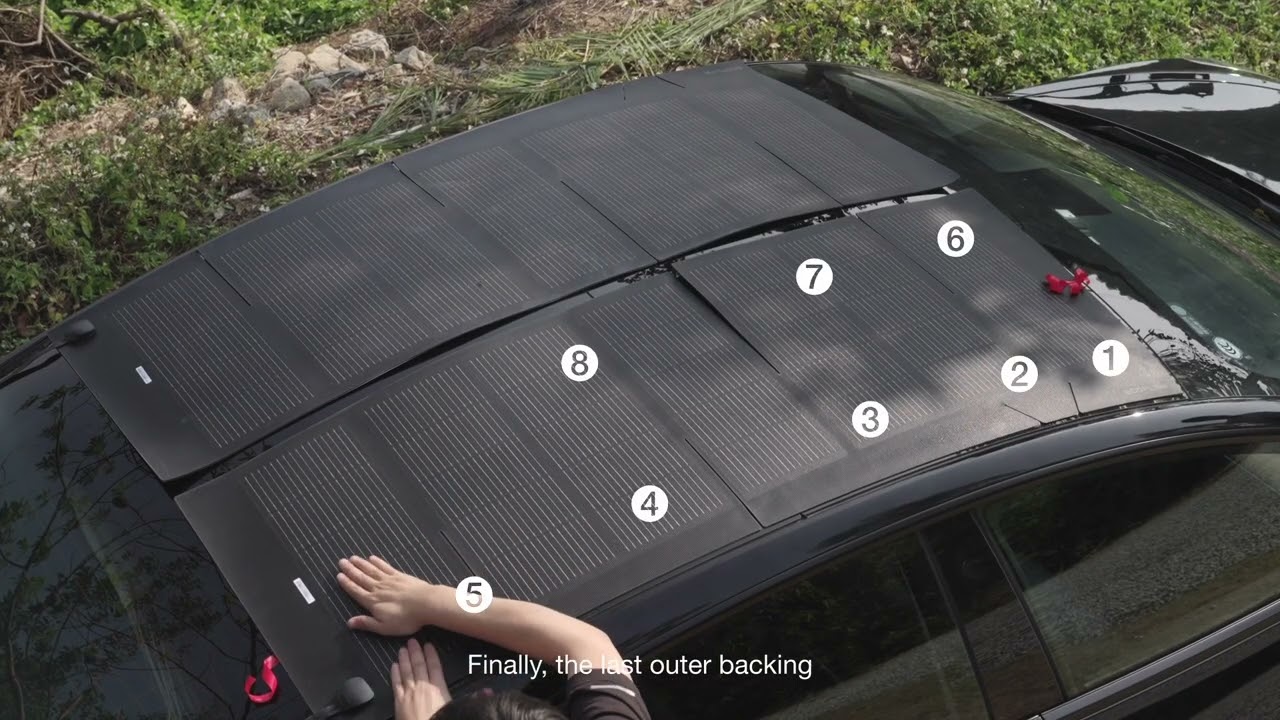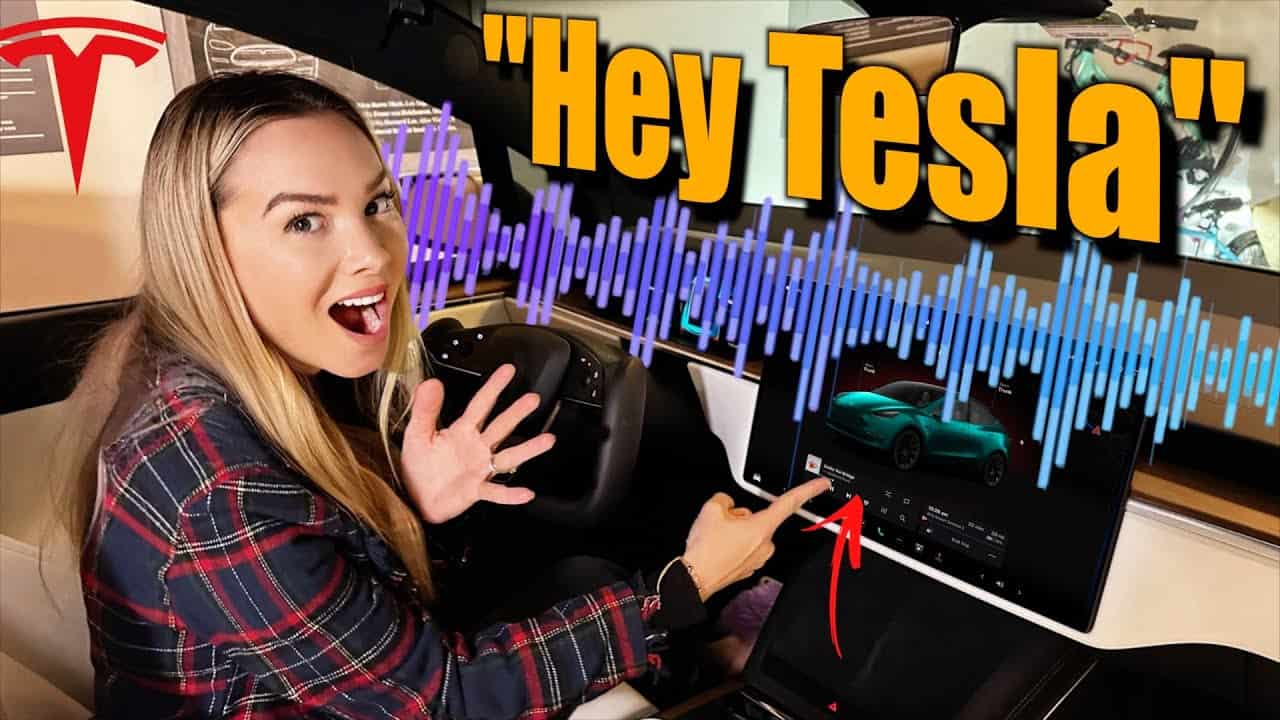Marques Brownlee, a well-known tech reviewer, has an interesting claim to make – he hasn’t paid for electricity in a year. Despite having a range of electrical appliances, from computers and game consoles to TVs and air conditioning, and driving an electric car to and from work every day, his electricity bill amounts to zero dollars.
A Year with Solar Panels
For the past 12 months, Brownlee has had solar panels on his roof. He waited a year to share his experience because he wanted to see how the system performed across all four seasons. Now, having observed a wide variety of performance and run all the numbers, he has a lot of thoughts about them that he wants to share.
There are many different companies who make solar systems to power all the electrical needs of a home, including an electric car. Brownlee knew he wanted to do this for a while since the whole point for him was to be able to drive electric for the foreseeable future and actually know that the energy is coming from a sustainable source – the Sun.
Click here to save $500 on Tesla Solar
The Importance of Batteries
A significant part of this solar system is batteries. A normal house is connected to the electrical grid. Whenever something in the house, whether it’s a light bulb or a computer or an appliance, calls for electricity, it pulls from the grid. This spins up a meter on the side of the house that tallies how much you’ve pulled. Then, at the end of the month, you get billed for how much electricity you’ve used.
If you just add solar panels to this house, when the sun shines during the day on those tiles, it can use that electricity to directly power things in the house. If it’s cloudy or if you have a bunch of stuff on all at once and the demand is more than the power from the Sun is providing, then it’ll pull the rest of what it needs from the grid and spin the meter as well. But most importantly, as soon as the sun goes down, the electricity generated goes to zero.
Most people come home from work as the sun is going down. That’s when they turn on all the lights, do the laundry, and charge the car, etc. So, you’re still going to be pulling from the grid for most stuff. However, this can actually be fine for most people because if the goal is to have a zero-dollar electricity bill, this can be accomplished through something called net metering.
Net metering means that when the Sun Shines on the roof and excess electricity is being generated because nobody’s home, the house actually spins the electrical meter backwards as it sends extra electricity back to the grid. Then when the Sun goes down and you get home and use a bunch of electricity from the grid, the meter spins forwards.
Going Off the Grid
But what if you want to graduate to the next level of sustainability? What if you want to be completely independent of the grid, totally off the grid? That’s when batteries come in.
Add battery storage to this system, and now the loop is complete. When the sun shines during the day and you’re not home, it fills up the batteries, effectively storing sunshine energy. Then when you get home and the sun goes down, you can keep using that extra solar energy that you stored for all the electrical needs that you have until the next morning when the sun comes out again and starts filling up those batteries again.
With a system like this, you can theoretically not just have a zero-dollar power bill, but never actually pull from the grid at all. You’re completely self-sustainable. You never have to worry about a power outage ever again. You won’t even know if a power outage happens. That is the off-the-grid dream, theoretically.
At the beginning of this process, that was Brownlee’s goal. So, there are a lot of different options for solar system setups with different solar tile manufacturers and different battery manufacturers and different companies that will install all these things. There are a thousand different combos that you could piece together with different companies with different offers in your area to make something that works.
Why He Chose Tesla
Brownlee went with a solution that might seem crazy to some, but made sense to him – he chose one company for everything, which was Tesla. So, it is a Tesla solar roof, Tesla power walls for batteries, and then the Tesla app to monitor and control everything.
The main reason he went this route was for simplicity and integration. He paid a price premium for this. This was not the cheapest option. You can spec a much cheaper combo of solar panels and batteries and things like that. But just to have everything on the same page and have everything talking to each other seamlessly, this made the most sense to him.
Then, once he decided to go with Tesla, the other choice you might have heard about is either solar panels bolted to the roof or these actual solar tiles, which are new roof tiles that are actually hundreds of tiny solar panels themselves, all interconnected to make a normal-looking roof that’s actually a giant solar panel. And that is the one that he went for.
This was a crazy option because he did not actually need a new roof. Most people who go with the solar tiles option would either have an old roof that needs replacing soon or they’re about to build a new house, and this will be the new roof that they put on it. He wasn’t in either of those situations, but also, this was the way to get by far the largest total array with the most coverage. And also, aesthetically, it looks really good too. There’s curb appeal.
The Installation Process
Once he made his decision, he went with the solar roof, he went with Tesla’s full integrated setup. From there, it was quite a process. There was a lot of paperwork and hoops to jump through. Also, with Tesla, they’ve been kind of in and out of reliability over the years. They’ve been on and off with actually making this product. They’ve paused installations for a while, it was briefly canceled, and then it came back, and there were supply chain issues. He remembers reading about all this, and he was kind of worried.
But for whatever reason, when he ordered, which was in 2021, basically everything went perfectly smooth, as well as it could have gone. He was assigned a Tesla advisor just like for his project for his solar project. They walked him through the whole process from the paperwork with the town from beginning to end.
There was an ordering process, inspection, a measuring process, quotes, filling out paperwork with the town. You actually, when you’re first trying to get an estimate, you actually submit your address, and they go look on Google Images and look at your roof with satellite imagery and give you an initial quote. Then once you’re locked in and you decide you want to go through with it, they’ll actually come to your home with professionals and actually measure it and then give you a precise real quote and then start to order all the materials.
You eventually get to the point where you get an install date, you start scheduling things out, and then they come through with all the boxes of solar panels, and they took up his whole driveway for a couple of days. There are people who have actually walked through this entire process in great detail.
Click here to save $500 on Tesla Solar
The Specs
Brownlee’s setup consists of a 29.313 kilowatt solar array size, which is quite large due to the size of his roof. He also has three Powerwall 3s, which totals 40.5 kilowatt hours. All of this can be monitored and controlled through the Tesla app.
The Tesla app allows Brownlee to visualize how much energy the solar array is currently capturing, how much energy the home is using, and the state of charge and power output or input of the Powerwall batteries. It also shows anything happening with the electrical grid.
For example, on a sunny morning in July, the panels were bringing in seven kilowatts of power, five of which were powering the house. The last two kilowatts were going into the Powerwalls, which were 38% full, and the system was not touching the Grid at all.
Understanding the Terms
There are a lot of terms being thrown around here. Kilowatts is a measure of power, so one kilowatt is a thousand Watts. A kilowatt hour, though, is a unit of energy collected. So, for Brownlee’s setup, each Powerwall 3 is about 13.5 kilowatt hours each, totaling 40.5 kilowatt hours since he has three. They support a maximum power output in or out of 15.5 kilowatts. The solar system being 29.3 kilowatts means that the theoretical maximum of the electricity that can be collected at any one time is 29.3 kilowatts.
Learning from the Tesla App
By spending time in the Tesla app, Brownlee learned a lot about what takes a lot of energy and what takes a little bit of energy. Some of it surprised him. He also learned that the basic “existence level” for his house is around 400 watts of power just because things are plugged in, even if every light is off. Charging a phone or turning on a light basically doesn’t make a dent at all. Turning on a TV might only take about 100 Watts, and a computer can pull three to 500 watts if it’s taking a lot of power.
However, the big spikes come from the microwave and the toaster. The two absolute biggest draws of electricity in his house by far are air conditioning and charging the electric car.





